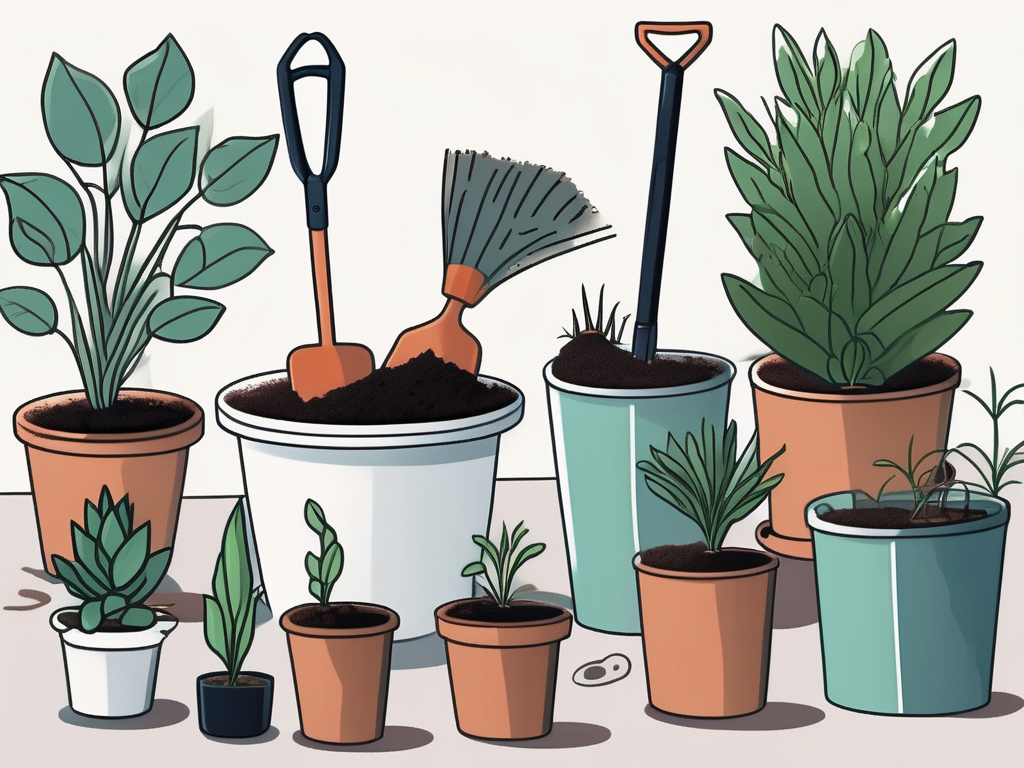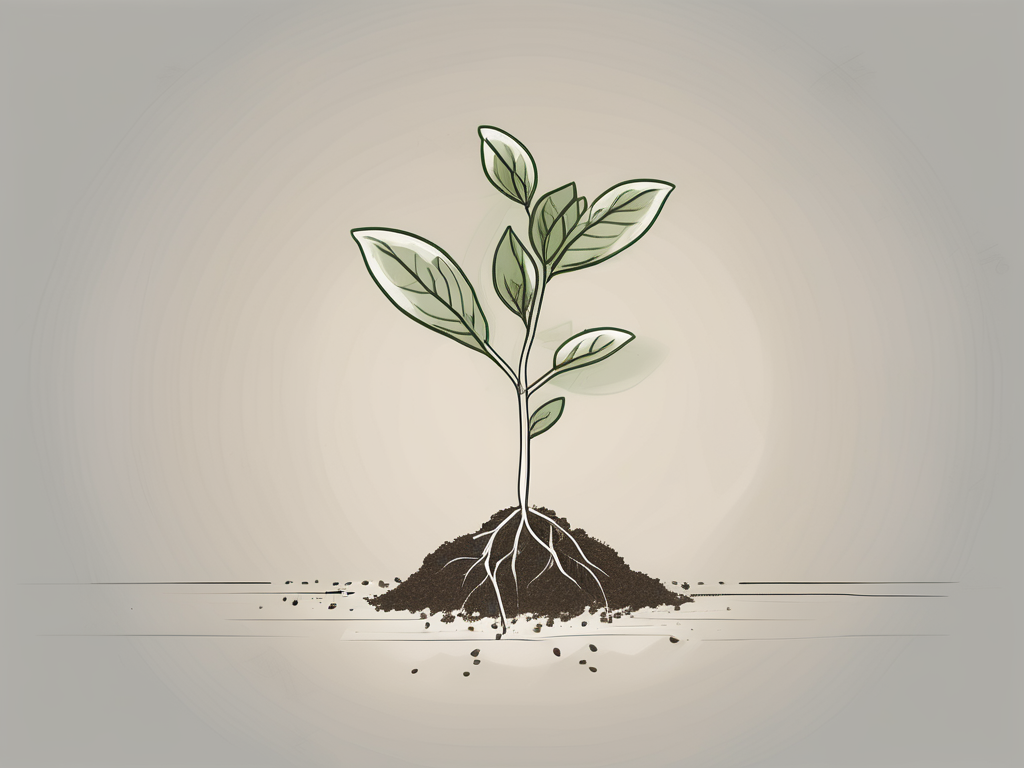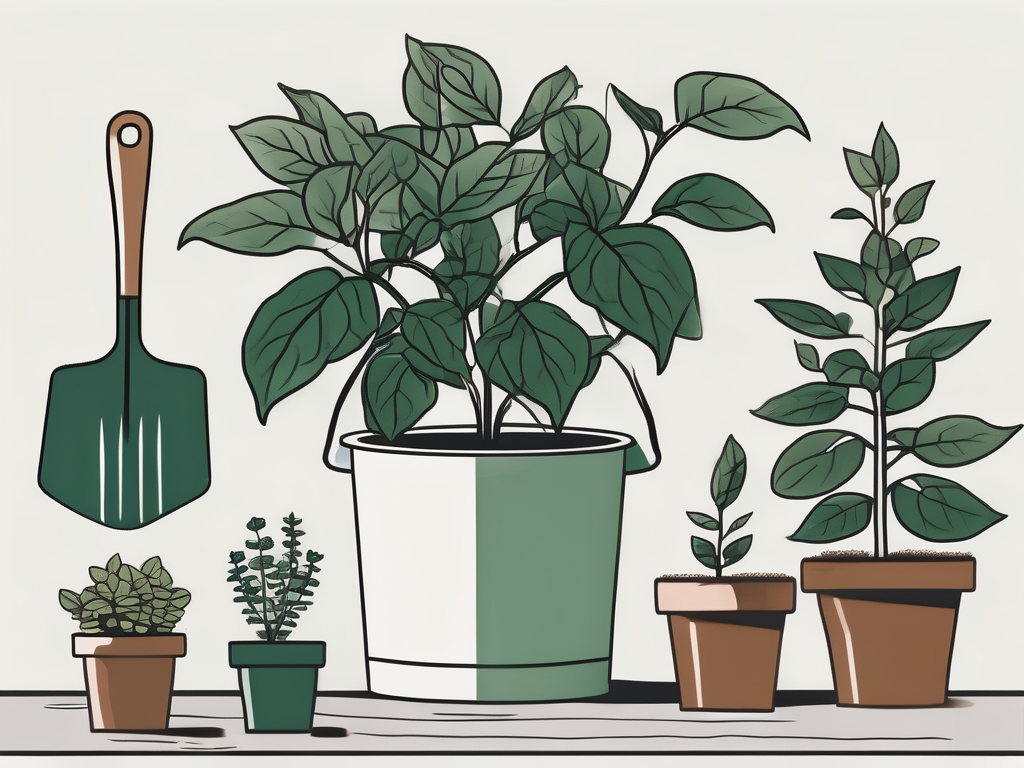
Repotting geo plants might sound intimidating at first, but with the right guidance, it can become a rewarding task that brings new life to your leafy friends. Whether you're nurturing a small indoor garden or just getting started with your first plant, understanding the ins and outs of repotting is crucial for maintaining healthy plants.
In this post, we'll explore the essentials of repotting geo plants. From recognizing when it's time to repot to selecting the right soil and pot, we'll cover each step in detail. By the end, you'll feel confident in your plant care skills and ready to give your geo plants the fresh start they deserve.
Recognizing When It's Time to Repot
First things first, how do you know when your geo plant needs repotting? This is a common question among plant lovers, and the answer isn't always straightforward. However, there are a few telltale signs that indicate it's time to give your plant a new home.
One of the most obvious signs is when roots start peeking out of the drainage holes at the bottom of the pot. This "root-bound" condition means your plant has outgrown its current space and needs more room to continue thriving. Another indicator is when the plant's growth has slowed down significantly, suggesting that it might be struggling to find enough nutrients in its current pot.
Additionally, if you notice water is draining too quickly, it could mean the soil has become compacted and isn't retaining moisture properly. This often happens when the soil breaks down over time, reducing its effectiveness. When you see any of these signs, it's a good idea to consider repotting.
Besides these signs, using your intuition as a plant parent is also valuable. If something just seems off with your plant, trust your instincts and investigate further. After all, you know your plants best!
Choosing the Right Pot
Now that you know when to repot, the next step is to choose the right pot for your geo plant. The pot size is more important than you might think. A pot that's too small can restrict growth, while one that's too large can lead to overwatering and root rot.
As a rule of thumb, aim for a pot that's one to two inches larger in diameter than the current pot. This gives your plant a bit more room to grow without overwhelming it. Make sure the new pot has adequate drainage holes to prevent water from pooling at the bottom, which can harm the roots.
Beyond size, consider the material of the pot. Terra cotta is a popular option because it allows for good airflow and moisture evaporation. However, it can dry out more quickly than other materials, so adjust your watering schedule accordingly. Ceramic and plastic pots are also good choices, each with their own pros and cons.
Feel free to get creative with your pot selection! While functionality is key, there's no harm in choosing a pot that adds a touch of personality to your space. Whether it's a vibrant color or a unique shape, a beautiful pot can make your plant collection even more delightful.
Selecting the Perfect Soil
Once you've got your pot sorted out, it's time to think about soil. The soil you choose can make a big difference in your plant's health, so it's worth taking the time to get it right.
Geo plants generally prefer a well-draining soil mix. This means you want a mixture that holds some moisture but doesn't stay soggy. A typical mix might include potting soil combined with materials like perlite, vermiculite, or sand to improve drainage.
If you're unsure about mixing your own soil, there are plenty of commercial options available. Look for a soil mix specifically labeled for indoor plants or succulents, as these tend to have the right balance of nutrients and drainage properties. When in doubt, consult with your local plant shop for recommendations.
It's also a good idea to refresh the soil every couple of years, even if you're not repotting. Over time, the nutrients in the soil deplete, and a fresh batch can give your plants a much-needed boost.
Preparing Your Plant for Repotting
Before you start the repotting process, it's important to prepare your plant. Begin by watering your plant a day or two before repotting. This ensures that the roots are well-hydrated and easier to work with. It also helps the plant recover from the stress of being moved.
Next, gently remove the plant from its current pot. You might need to tap the sides or lightly squeeze the pot to loosen the soil. If your plant is particularly stubborn, use a small tool like a plant stake or even a butter knife to gently loosen the edges without damaging the roots.
Once your plant is out, inspect the root ball. Trim away any dead or rotten roots with clean, sharp scissors. This encourages healthy new growth and prevents disease from spreading. If the roots are tightly wound around themselves, gently untangle them to encourage outward growth.
With your plant prepped and ready to go, you're all set for the actual repotting process. Take a deep breath and get your hands a little dirty—it's all part of the fun!
The Repotting Process
Alright, it's time to get down to business. The actual process of repotting might seem complex, but once you break it down, it's perfectly manageable. Let's go through it step by step.
- Start with a layer of fresh soil: Add a layer of your chosen soil mix to the bottom of the new pot. This gives the roots a nutritious base to settle into.
- Position your plant: Place your plant in the center of the pot, holding it at the desired height. You want the top of the root ball to sit about an inch below the rim of the pot.
- Fill in the gaps: Gently add more soil around the sides, pressing it down lightly to remove air pockets. Be careful not to pack it too tightly, as this can restrict root growth.
- Water thoroughly: Once your plant is snug in its new pot, give it a good watering. This helps settle the soil and ensures the roots are well-anchored.
And there you have it! Your geo plant is now happily nestled in its new pot, ready to continue growing and thriving. Remember, repotting can be a bit stressful for plants, so give it some time to adjust. With proper care, it'll bounce back in no time.
Post-Repotting Care
After the repotting process, your plant might need a little extra attention to help it settle into its new environment. Think of it like giving your plant a mini spa day—it's all about pampering and ensuring it feels comfortable.
Start by placing your repotted plant in a spot with the right amount of light. Avoid direct sunlight initially, as it can be too harsh while the plant is adjusting. Once it's settled, gradually acclimate it to its usual spot.
Keep an eye on the watering schedule. Newly repotted plants might require less water than usual, as the fresh soil holds moisture more effectively. Check the soil's moisture level regularly, and only water when the top inch feels dry.
If your plant shows any signs of stress, like drooping or yellowing leaves, don't panic. This is often a normal response to repotting, and your plant should bounce back within a few weeks. Just make sure it's not exposed to any drafts or extreme temperatures, which can add to its stress.
In the meantime, resist the urge to fertilize. The fresh soil already contains plenty of nutrients, and adding more can overwhelm the plant. Wait at least a month before resuming your regular fertilizing routine.
Common Repotting Mistakes to Avoid
Even the most seasoned plant parents make mistakes from time to time, and that's okay! Recognizing common pitfalls can help you avoid them and ensure a successful repotting experience.
One mistake to watch out for is repotting too often. While it might seem like your plant needs a bigger pot every year, over-repotting can actually hinder growth. Most geo plants only need repotting every 1-2 years, so don't rush the process.
Another common error is using the wrong soil mix. It's tempting to use whatever soil you have on hand, but this can lead to drainage issues or nutrient imbalances. Take the time to find the right soil for your plant's specific needs.
Overwatering is another biggie. Newly repotted plants are more susceptible to root rot if they're kept too wet. Stick to a careful watering schedule, and always check the soil's moisture level before watering.
Finally, remember that patience is key. Plants need time to adjust to their new environment, so resist the urge to fuss over them too much. Trust in the process and let your plant find its rhythm.
Incorporating Geo Plants into Your Interior Design
Once your geo plants are happily potted, it's time to think about how to incorporate them into your home's decor. These plants can add a touch of nature and beauty to any space, making them perfect for interior design enthusiasts.
Consider the placement of your plants as part of your overall design scheme. Hanging plants can add dimension to a room, while larger floor plants can serve as statement pieces. Group smaller plants together on a shelf or windowsill for a cozy, inviting feel.
Don't be afraid to mix and match different plant varieties and pot styles. A diverse collection can create a dynamic, visually interesting space. Play around with height, color, and texture to find a combination that reflects your personal style.
Incorporating geo plants into your home isn't just about aesthetics—it's also about creating a calming, inviting atmosphere. Studies have shown that having plants in your home can reduce stress and boost your mood, so enjoy the benefits of your green companions!
Finding Support in the Plant Community
Caring for geo plants doesn't have to be a solo journey. Joining a community of fellow plant lovers can provide valuable support, inspiration, and friendship.
Online forums and social media groups are great places to connect with other plant parents. You can share tips, ask questions, and celebrate your plant victories together. Plus, seeing others' plant setups can spark new ideas for your own home.
Local plant shops and gardening clubs are also wonderful resources. Attending workshops or events can expand your knowledge and introduce you to like-minded individuals. You might even discover a new favorite plant or two!
Remember, there's no one-size-fits-all approach to plant care. Each plant and plant parent is unique, so embrace the journey and enjoy the learning process. The plant community is here to support you every step of the way.
Embracing the Joy of Geo Plants
At the end of the day, caring for geo plants is about more than just keeping them alive—it's about embracing the joy and wonder they bring into our lives. These plants have a way of connecting us to nature and reminding us of the beauty in the world around us.
So take a moment to appreciate your plants, from their vibrant leaves to the way they brighten up a room. Celebrate your successes, learn from your mistakes, and enjoy the journey of plant parenthood.
As you continue to grow your collection, remember that each plant has its own story to tell. Whether it's a cherished gift or a spontaneous purchase, each one contributes to the unique tapestry of your home.
Final Thoughts
Repotting geo plants is an essential part of plant care that helps them thrive and grow. By following the steps outlined above, you can ensure your plants have the space and nutrients they need to flourish.
Here at Cafe Planta, we love helping you on your plant journey. Whether you're looking for new plants, care tips, or just want to chat about all things green, we're here for you. Reach out via email or connect with us on Instagram—we'd love to hear from you!












